Waryong Park (와룡공원)
2.9Km 2020-07-08
192, Waryonggongwon-gil, Jongno-gu, Seoul
+82-2-2148-2845
Situated in Myeongryun-dong in Seoul and established in 1984, Waryong Park is located near Malbawi, one of the best overlooks from which to see the city of Seoul. The park is close to natural attractions such as Samcheong Park, Changgyeong Park, and Bugaksan Mountain.
Although it was difficult to grow trees in the park because of the shallowness of the soil, many citizens participated in the nationwide campaign to plant over 10 million trees across the country, transforming places like Waryong into lush areas filled with flowering plants.
In the park, spring blooms forth in a colorful assortment of cherry trees, plum blossoms, azaleas, and forsythias, making it a popular destination for family visitors. There are also a variety of excellent amenities: badminton courts, aerobic fields, fitness facilities, and pavilions, wonderful for exercise, leisurely walks, or simply taking a break.
A famous hiking trail, running between the Seoul Fortress Wall and Samcheong Park, passes right through the park. Flanked by cherry blossoms, the trail attracts nature lovers throughout the year and especially in spring, when the trees are in full bloom. The trail also passes by the Fortress Wall in Bugaksan Mountain.
Seoul Hyochang Park (서울 효창공원)
2.9Km 2024-07-09
177-18 Hyochangwon-ro, Yongsan-gu, Seoul
+82-2-2199-7608
Hyochang Park covers 122,245 square meters spanning across Hyochang-dong and Cheongpa 2-dong. It is a historic landmark that once contained several royal tombs, and was known at that time as Hyochangwon. The cemeteries that were originally located in Hyochangwon belonged to Crown Prince Munhyo, King Jeongjo’s first son who died at the age of five; Royal Noble Consort Uibin of the Seong Clan, King Jeongjo’s royal concubine and Crown Prince Munhyo’s mother; Royal Noble Consort Sugui of the Park Clan, King Sunjo’s royal concubine; and her daughter Princess Yeongon. The royal tombs were moved to Seooreung Tombs in the waning months of the Japanese colonial period. The Japanese empire began the development of Hyochangwon into a park in 1924, and the Japanese governor-general officially assigned the site as a park in 1940.
Presently, several of Korea’s greatest leaders are buried in Hyochang Park. The remains mostly belong to independence activists including Yoon Bong-gil, Lee Bong-chang, and Baek Jeong-gi, whose graves are collectively known as Samuisa Tomb. A statue of Lee Bong-chang has been built in the graveyard. Among the other patriotic martyrs who are interred in the park are Kim Gu and some of the key figures of the provisional government such as Lee Dong-nyeong, Cha I-seok, and Cho Seong-hwan. An ancestral shrine named Uiyeolsa has been built along the main gate and holds the portraits of the deceased independence activists.
Cacao Boom (Itaewon Branch) (카카오봄(이태원점))
3.0Km 2017-02-15
서울특별시 용산구 회나무로 3
Caocaoboom is a handmade chocolate shop. The Itaewon branch is famous for its traditional Italian gelato created by 1st generation chocolatier.
Inwangsan Mountain Chosochaekbang (인왕산 더숲 초소책방)
3.0Km 2024-03-06
172 Inwangsan-ro, Jongno-gu, Seoul
Inwangsan Mountain Chosochaekbang is a bakery and book café located along the trail of Inwangsan Mountain, remodeled from an old police station. Surrounded by glass walls within the forest, it blends seamlessly with nature, offering a panoramic view of Namsan Tower through the transparent windows. On the second floor terrace, guests can enjoy the scenic view of Seoul. Freshly baked bread and desserts are available daily, and the venue occasionally hosts book talks and music concerts.
Hwanggeum Kongbat (황금콩밭)
3.0Km 2023-10-10
9 Mapo-daero 16-gil, Mapo-gu, Seoul
Hwanggeum Kongbat specializes in bean curd, using 100% Korean-grown soybeans and salt to make their bean curd fresh daily. The restaurant is famous for their method of making a bean curd that is smooth and maintains the nutty yet sweet flavor of the soybeans.
Hotel Elleinn (엘르인호텔)
3.0Km 2020-06-11
24, Hangang-daero 71-gil, Yongsan-gu, Seoul-si
+82-2-792-8700
Hotel Elleinn is a top-tier business boutique hotel. It is only ten minutes away from Seoul Station and Yongsan Station, so it is a convenient choice for travelers arriving or departing by KTX trains. It is also close to subway stations Namyeong (Line 1) and Samgakji (Lines 4 and 6).
The hotel features a European-style interior and various convenient facilities including a coin-operated laundry room for long-term guests, and a business center with a printer, a copy machine, and a fax machine. All guestrooms are equipped with up-to-date desktop computers with a high speed internet connection. A bar in the basement can be used for business meetings.
With many tourist attractions nearby, including Myeongdong, Itaewon, Namdaemun Market, Dongdaemun Market, Yongsan Electronics Mall Complex, N Seoul Tower, the War Memorial, and the National Museum, this is a very convenient hotel for business, sightseeing, and shopping.
Gyeongnidan Street (경리단길)
3.0Km 2023-01-18
Itaewon-dong, Yongsan-gu, Seoul
Gyeongnidan Street refers to the 937-meter-long road from the main gate of MND Financial Management Corps to Grand Hyatt Seoul as well as all of the nearby streets and alleys. It is called Gyeongnidan Street because the Korean army's central finance corps, or Gyeongnidan in Korean, used to be located here, and has gained fame for presenting a different vibe than that of Itaewon despite being part of Itaewon-dong. Gyeongnidan Street is an area of culture and youth where people are able to enjoy diverse and special cuisine and dishes at unique restaurants and cafes. Although it resembles a typical neighborhood of Seoul, it features foreigners who have come from many different places around the globe living in natural harmony with Korean locals, which exudes a unique, exotic atmosphere. It is fun to walk along the various streets and alleys to discover novel and sophisticated shops.
Hwanghak-dong Flea Market (Dokkaebi Market / Manmul Market) (황학동 벼룩시장 (도깨비시장/만물시장))
3.0Km 2025-04-11
11-7 Majang-ro 5-gil, Jung-gu, Seoul
Hwanghak-dong Flea Market was named after the way how merchants travel from one place to another all over the country, as if like fleas hopping around from one spot to another, to collect rare and valuable items. This market was once a haven of antiques and collectibles, but with the formation of old-fashioned art street in 1983 in Janganpyeong, many classic art shops had moved out, leaving only used item and general goods stores. Now, visitors can find stores selling antiques, used furniture, electronics, clocks, jewelry, musical instruments, camera, and machinery – pretty much anything one can name. Hwanghak-dong Flea Market is also referred to as Dokkaebbi Market, to describe how even the most rundown items become just like new, as if like the work of a dokkaebi (Korean folk goblin).
National Memorial of Korean Provisional Government (국립대한민국임시정부기념관)
3.0Km 2023-01-16
279-24, Tongil-ro, Seodaemun-gu, Seoul
The National Memorial of Korean Provisional Government was established to shine a light on the proud history of the Korean Provisional Government's independence and the spirit of a democratic republic and to pass it on to future generations. The four-story memorial building with three underground floors houses three permanent exhibits, one special exhibit, Larchiveum, Symbol Plaza, storage, multi-purpose hall, and rooftop garden over a total area of 3,656 square meters, a total floor area of 9,703 square meters and a total exhibition space of 2,240 square meters. The permanent exhibits consist of a series of historic events from the March 1st Movement, which served as a turning point for the formation of the Provisional Government, to the foundation of the Korean Government that succeeded the mantle of the provisional government, while the special exhibit on the 1st floor currently hosts a special opening exhibition under the title of 『The Return of the Provisional Government of the Republic of Korea』. Moreover, a symbolic wall installation under the theme of "Waves of History" is displayed in the outdoor plaza on the 1st floor of the memorial expressing the Provisional Government’s desire for independence and the dynamics of the past, present, and future of Korea.
![KGC - Dongmyo Branch [Tax Refund Shop] (KGC 동묘점)](http://tong.visitkorea.or.kr/cms/resource/91/2878191_image2_1.jpg)
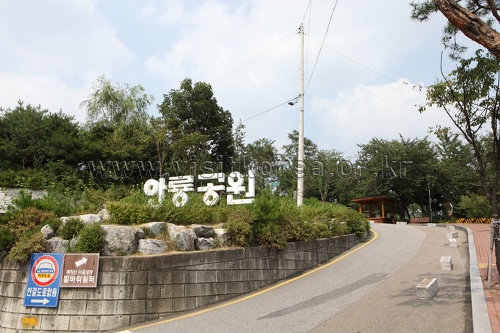

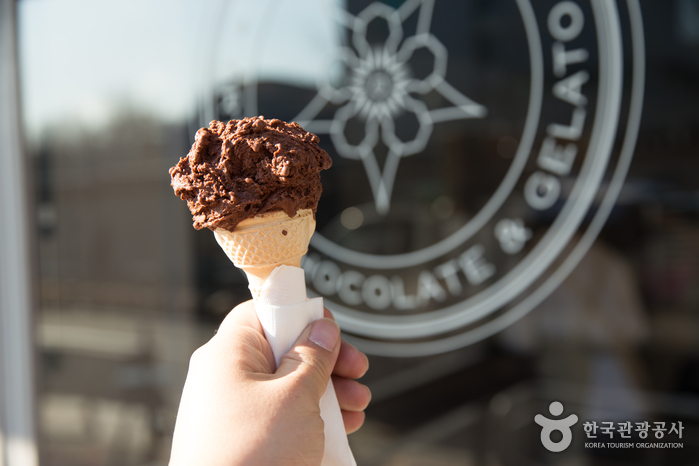
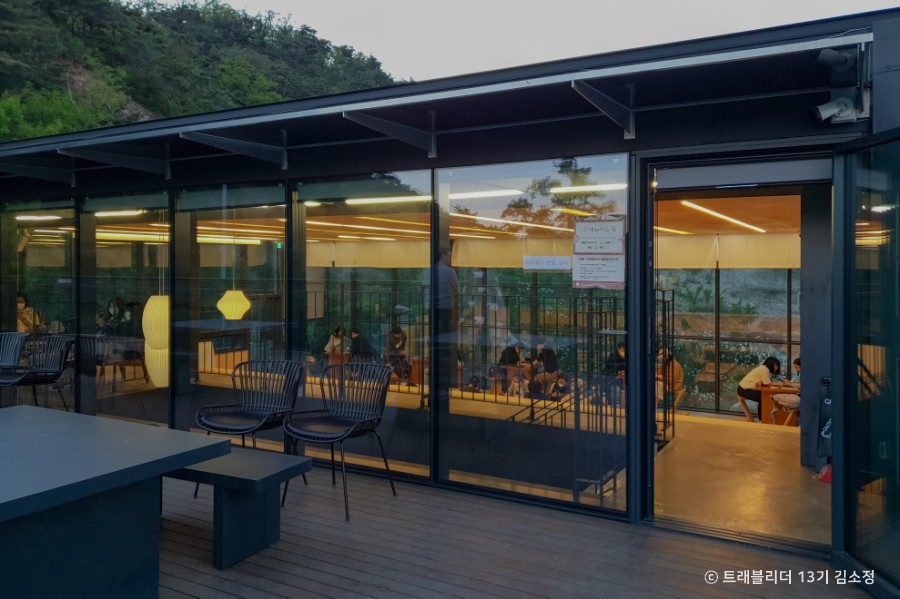
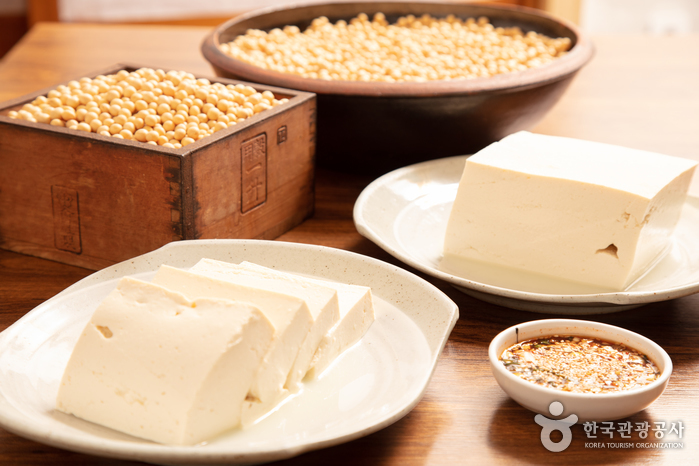
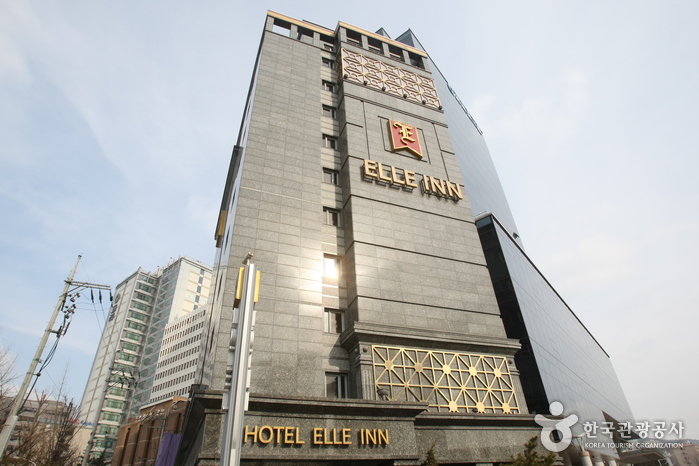
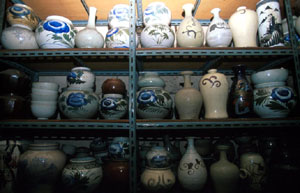
 English
English
 한국어
한국어 日本語
日本語 中文(简体)
中文(简体) Deutsch
Deutsch Français
Français Español
Español Русский
Русский